home security cameras
-
Best 360 Camera
In recent years, the appeal of the best 360 camera has grown tremendously. People love how these devices let them…
Read More » -
Ring Pan-Tilt Indoor Cam Review
The Ring Pan Tilt Indoor Cam delivers a powerful yet compact home security solution, designed to keep every corner of…
Read More » -
Blink Mini Camera Review
The Blink Mini is a budget-friendly indoor security camera designed for simplicity and reliability. Priced affordably, it appeals to homeowners…
Read More » -
WiZ Indoor Camera Review
The WiZ Indoor Camera fits right into the WiZ smart home lineup, offering a straightforward way to keep an eye…
Read More » -
Wyze Cam v3 Review
If you’re hunting for an affordable security camera that handles both indoor and outdoor duties without skimping on essentials, the…
Read More » -
Blink Outdoor 4 Review
Looking for a home security camera that balances affordability with solid performance? The Blink Outdoor 4 could be a great…
Read More » -
The Best Security Cameras 2025
You don’t need to cover your home with window, door, and motion sensors or commit to expensive, professionally monitored security…
Read More »
Introduction to Home Security Cameras
When we talk about home security, we’re really talking about peace of mind. It’s the comfort of knowing your loved ones and your belongings are safe, whether you’re at home or halfway across the world. At the heart of any solid security system are security cameras; they’re the eyes that never blink, always keeping watch.
Over the years, we’ve come a long way from simple locks and noisy alarms. Today’s security camera setups blend seamlessly with our digital lives. With smart features and sleek designs, smart cameras can record, connect, alert, and even learn. The jump from old-fashioned systems to smart, interconnected devices has made it easier than ever to keep your home secure and your mind at ease.
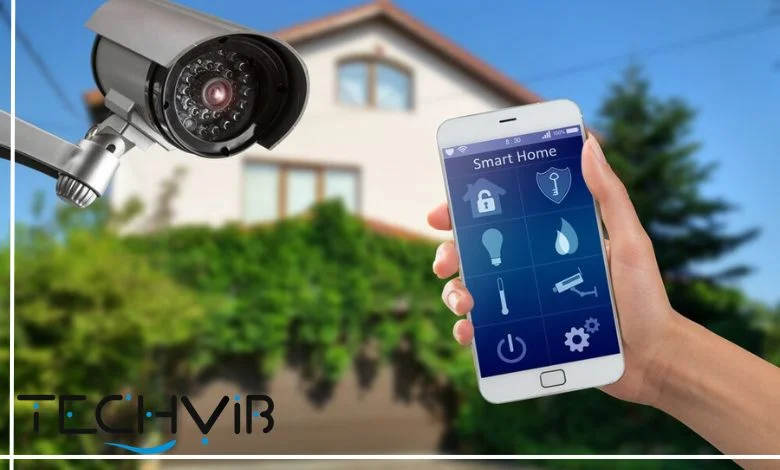
Definition and Importance of Home Security Cameras
A home security camera is a device designed to capture video footage of your property, giving you a real-time or recorded view of what’s happening around your home. These cameras are a core part of any security system, acting as both a deterrent and a watchdog. Most modern security cameras, especially wireless security cameras for home, are motion-activated, meaning they start recording as soon as they detect movement. You can then view this footage from anywhere in the world on your smartphone, tablet, or computer, as long as you have an internet connection.
The importance of cameras in home security goes beyond just recording evidence. Research indicates that houses with noticeable security cameras are significantly less prone to burglary attempts. In fact, the mere presence of a security camera can deter intruders in nearly 60% of cases. Whether you choose wireless surveillance cameras for home or a more traditional wired setup, these devices provide an extra layer of protection and peace of mind.
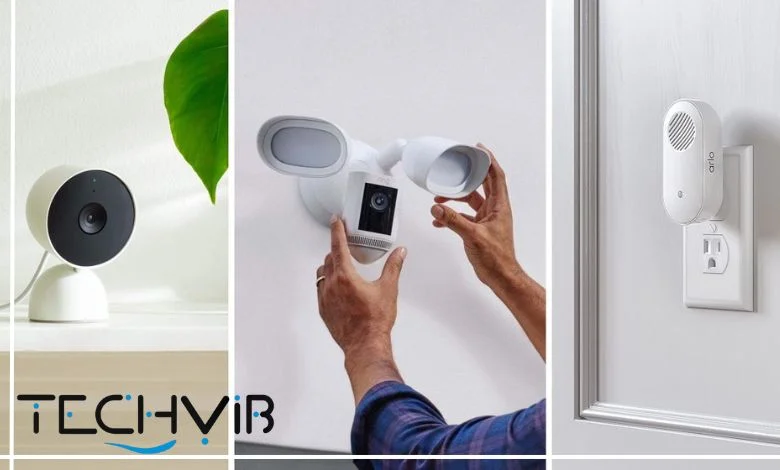
Technologies Behind Modern Home Security Cameras
Now let’s discover what technologies are hiding behind modern security cameras:
Internet of Things (IoT) in Security
The rise of the Internet of Things (IoT) has truly transformed the world of home security camera technology. With IoT, your security camera turns from a simple silent observer into a part of a connected web of devices. This means your wireless security cameras for home can sync with motion sensors, alarms, and even smart lights, creating a layered and responsive security system.
You can get instant alerts, check live feeds, and even automate responses all from your phone, no matter where you are. The real magic is in the data: IoT-enabled cameras can analyze patterns and spot unusual activity, proactively warning you before something goes wrong.
Role of Artificial Intelligence and Machine Learning
AI and machine learning have given home security cameras a serious upgrade. If you think smart cameras are just simple digital cameras you notice in a shopping store, then think again! In fact, they’re smart eyes that can tell the difference between your dog and a stranger.
With features like facial recognition, object detection, and behavior analysis, your Arlo smart security camera or security cameras Google can flag suspicious behavior in real-time. This means fewer false alarms (no more worrying about the wind setting off your system) and much more accurate threat detection. AI-powered video analytics can even pick up on subtle cues, like loitering or sudden movements, and send you a customized alert right away.
Cloud Storage and Remote Access
Gone are the days of worrying about someone stealing your footage along with your camera. With cloud storage, your recordings are safely backed up off-site, accessible from anywhere you have an internet connection. This makes it easy to review footage, share clips with authorities, or just check in on your home while you’re away.
Cloud storage solutions are scalable, offer automatic backups, and reduce the hassle of maintaining physical hardware. Plus, many providers include robust security features like encryption and multi-factor authentication to keep your data safe.
Wireless Communication Protocols (Wi-Fi, Zigbee, Z-Wave, and More)
Setting up wireless surveillance cameras for home is easier than ever, thanks to advances in wireless protocols. Most smart cameras with Wi-Fi come in several flavors (Wi-Fi 4, Wi-Fi 5, Wi-Fi 6), each offering improved speed, range, and reliability. Zigbee and Z-Wave are well-known for their low energy consumption and their capability to link numerous devices into one dependable network.
These protocols make it simple to install and expand your security system, whether you’re adding a solar-powered wireless security camera outside or a Wi-Fi smart camera inside.
Advanced Imaging: 4K, Night Vision, and Thermal Cameras
Old-fashioned cameras only record, but the good thing about wireless exterior security cameras is that they capture crystal-clear 4K video for a more advanced identification of faces and details.
Night vision has also come a long way, with infrared and full-color night modes letting you see what’s happening even in pitch darkness. Some cameras even use thermal imaging, so you can spot intruders or detect fires in low-light or smoky conditions.
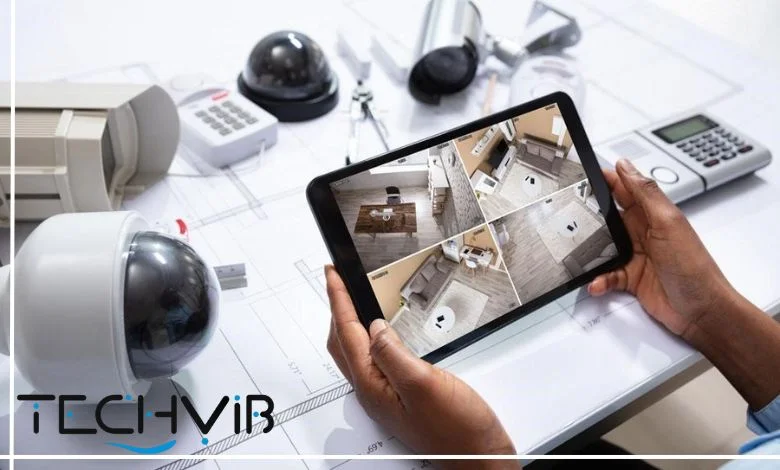
Key Components of a Home Security System
A complete home security system consists of many necessary components that are described here.
Surveillance Cameras
The main and most important component of any home security system is its camera. You’ll find everything from compact indoor models to rugged wireless exterior security cameras that can handle rain, snow, and blazing sun.
Modern surveillance cameras offer features like motion tracking, two-way audio, and even solar power for off-grid flexibility. If you want the best smart security camera, look for high resolution, strong night vision, and weatherproof construction.
Motion Detectors and Window/Door Sensors
Motion detectors and sensors work as the nervous system of your security system. These devices keep an eye on windows, doors, and open spaces, triggering alerts the moment they detect movement or unauthorized entry. When paired with your home security camera, they can prompt the camera to start recording or send you a notification, so you’re immediately aware of potential issues.
Window and door sensors are simple but effective. They detect when a door or window is opened unexpectedly and can trigger alarms or cameras to respond. These sensors are usually wireless and battery-powered with quick and easy installation. Together, motion detectors and sensors create a proactive shield around your home, alerting you before a situation escalates.
Smart Locks and Access Control Systems
Another important component of a security system is the smart lock, as it adds extra security and convenience. Instead of fumbling with keys, you can lock or unlock your doors remotely via your smartphone app. Some models even allow temporary digital keys for guests or service providers, which expire automatically after a set time. This means you can grant access without ever being home.
Access control systems take this a step further by integrating with your overall security system to monitor who enters and leaves your home and when. Some smart locks work with biometric authentication like fingerprints or facial recognition. These features add an extra layer of security that’s hard to bypass.
Alarm Systems and Sirens
An alarm system is your home’s loud and clear warning signal. When triggered by motion detectors, sensors, or cameras, alarms and sirens can scare off intruders and alert neighbors. Many modern systems like Nest home security systems also send instant notifications to your phone, so you’re always in the loop.
Some alarms integrate directly with local law enforcement or security companies, speeding up emergency responses. These components are vital for a comprehensive security system because they can offer a piercing siren or a silent alarm that alerts authorities discreetly,
Video Doorbells
Video doorbells have become a staple in smart home security. They combine a doorbell with a smart camera, letting you see and speak to visitors from anywhere. With this feature, you can interact with different people like a delivery person, a neighbor, or a stranger through your phone without opening the door.
Many video doorbells feature motion detection, night vision, and cloud storage, so you can review footage anytime. Some models even recognize familiar faces and send customized alerts; you’re one step ahead with this smart feature.
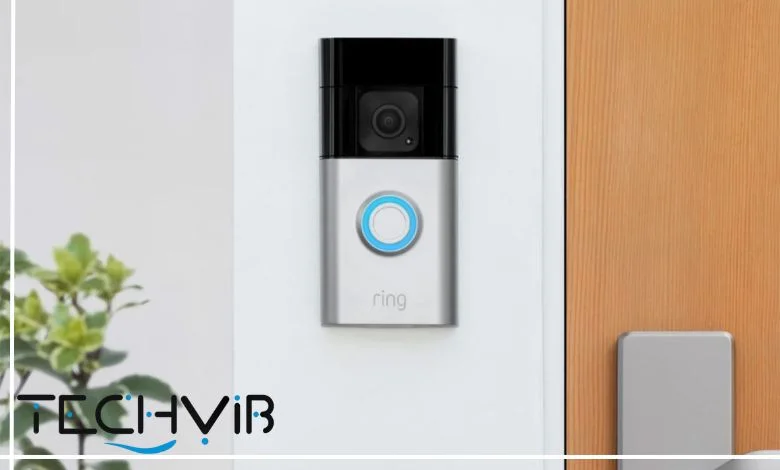
Control Panels and Mobile Apps
All these components come together through control panels or mobile apps, which act as the command center for your home security system. Instead of juggling multiple devices, you get a single interface where you can arm or disarm your system, view live camera feeds, receive alerts, and customize settings.
Mobile apps give you the freedom to manage your security from anywhere. Many apps also allow integration with other smart home devices. Here, you can arm or disarm your system, review footage from your wireless security cameras for outside, and customize settings to fit your lifestyle.
Benefits of a Smart Home Security System
Talking about the key components of a security system was convincing enough, but let’s take a step further to explore the benefits of this world revolution system.
Real-time Monitoring and Alerts
A major benefit of a smart home security camera system is the capability to watch your property live at any moment. Almost all security cameras are capable of sending you instant alerts on your phone whenever something unusual happens. This means you can act fast by checking live video feeds, contacting neighbors, or calling authorities if needed. When you have a smart security system, in fact, you have a vigilant guard watching over your home 24/7.
Enhanced Protection Against Intrusions and Theft
Security cameras that are clearly visible effectively discourage burglars. Knowing that their actions are being recorded makes intruders think twice. Beyond deterrence, smart systems with AI can detect suspicious behavior early, giving you a head start on preventing theft or vandalism. Features like motion zones and person detection help focus alerts on real threats and consequently, increase the level of protection of your home.
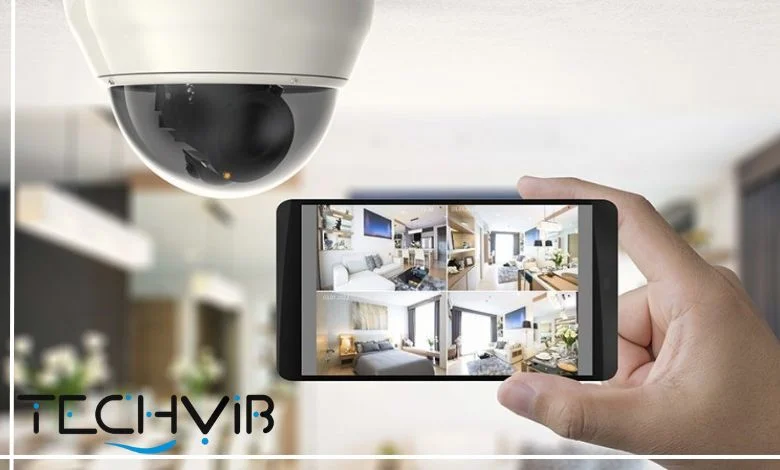
Remote Access and Control via Smartphone
Old-fashioned security systems require physical presence for checking. Today, thanks to smart cameras with Wi-Fi and mobile apps, you can control your entire security system from anywhere. Want to unlock the door for a delivery? Need to check on your kids? Or simply want to review recorded footage? All this is possible with a few taps on your smartphone.
Integration with Other Smart Home Devices
A smart security system doesn’t work in isolation. It can connect with smart lights, thermostats, voice assistants, and more. For example, when your wireless exterior security cameras detect motion, your smart lights can turn on automatically to scare off intruders. This level of integration creates a safer, more convenient living environment.
Peace of Mind for Homeowners
Last but not least, the biggest benefit that comes with smart security systems is peace of mind. You can relax and focus on what matters most when you know that your home is protected by the latest technology.
Challenges and Limitations
Every good thing in the world indeed comes with challenges and limitations, and smart security cameras are no exception. Let’s discover what these challenges are:
Privacy and Data Security Concerns
While cloud-based security cameras offer convenience, they also raise privacy questions. Your video footage is stored online, which can be a target for hackers if not properly secured. It’s essential to choose systems with strong encryption, regularly update passwords, and enable two-factor authentication. Brands like security cameras Google often invest heavily in security protocols to protect users’ data.
High Initial Costs and Subscription Fees
Smart home security systems can require a significant upfront investment. High-quality wireless security cameras, such as the Arlo smart security camera, often come with a premium price tag. Additionally, many providers charge monthly subscription fees for cloud storage and advanced features. It’s important to factor these costs into your budget and weigh them against the benefits.
System Compatibility and Scalability Issues
Not all devices play well together. Some brands use proprietary technology, which can limit your ability to mix and match components. Before purchasing, check that your smart camera and other devices are compatible with your existing setup. Also, consider whether the system can grow with your needs; such as adding more wireless surveillance cameras for home or sensors later on.
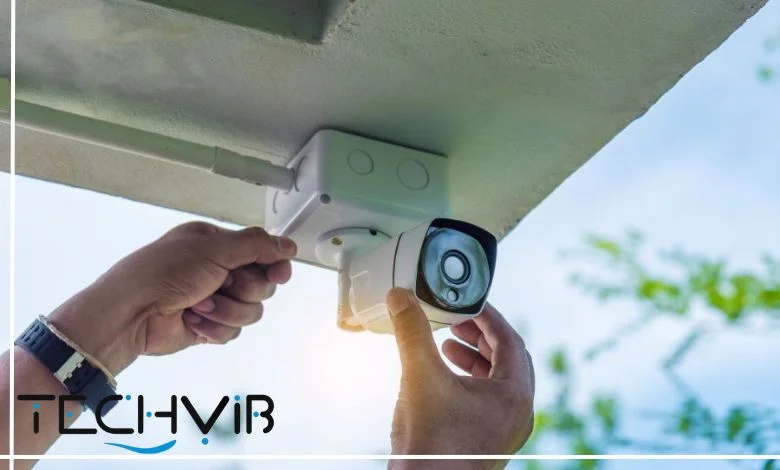
Vulnerabilities Due to Internet Dependence
Most smart security cameras rely on Wi-Fi and internet connectivity. If your internet goes down, so does your ability to monitor your home remotely. Some systems offer local storage or battery backups, like solar-powered camera options, but it’s something to keep in mind, especially in areas with spotty internet service.
The Future of Home Security
With the rapid proliferation of smart devices, the future of smart home security looks exceptionally promising. This is particularly driven by advanced technology and increasing consumer demand for safer, more connected living environments.
AI-Powered Threat Detection
The future of home security cameras lies in smarter AI. These systems will not only detect threats more accurately but anticipate them by learning patterns of normal activity. This means fewer false alarms and quicker responses to real dangers.
Facial Recognition and Biometric Access
As we talked about this earlier, security systems can recognize family members and trusted guests automatically. When this happens, doors are unlocked and alarms disabled as they approach. Biometric access, including facial recognition and fingerprint scanning, will make home entry safer and more convenient than ever.
Integration with Smart Cities and Law Enforcement
Future wireless exterior security cameras could connect with city-wide networks, sharing data with law enforcement to speed up emergency responses and improve neighborhood safety. This kind of integration could revolutionize community security.
Autonomous Security Drones and Robotics
Security drones and robotic patrols are already emerging technologies. Soon, they could work alongside your camera’s home security system, autonomously monitoring your property, investigating alerts, and tracking suspicious activity until help arrives.
Decentralized and Blockchain-Based Security Solutions
Blockchain technology promises more secure, transparent data storage and sharing. This could give homeowners greater control over their security system data, which reduces risks of hacking and unauthorized access.
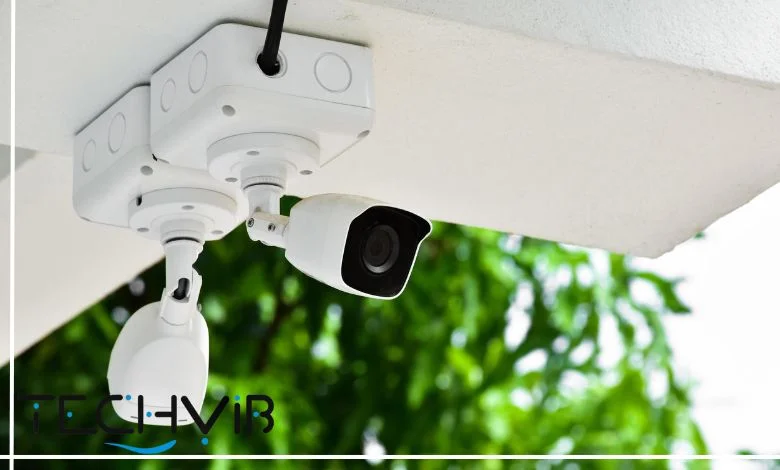
Conclusion
Home security cameras are your eyes and ears when you can’t be home, as they let you monitor your property from anywhere using your phone or computer. Features like motion detection, night vision, and cloud storage make sure you catch what matters without hassle.
With easy installation options like wireless security cameras and solar-powered security camera models, protecting your home has never been simpler. As technology improves, these smart cameras will keep getting smarter and adding more features and benefits.
Investing in a reliable home security camera system means staying connected and confident about your home’s safety.